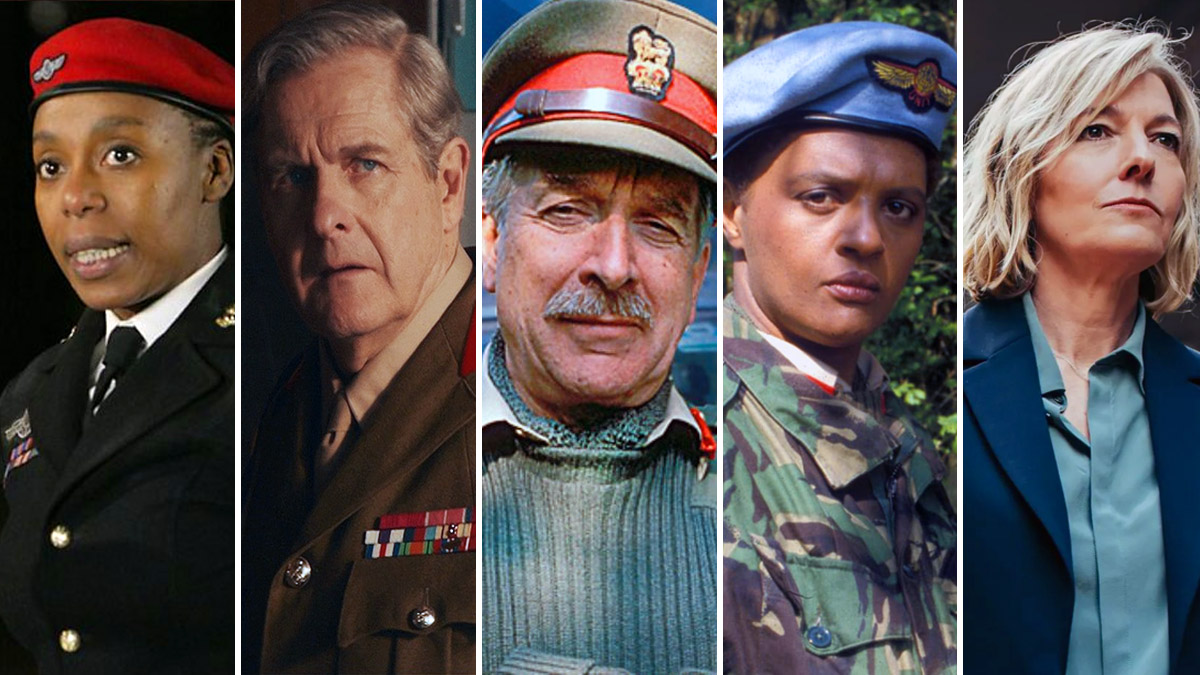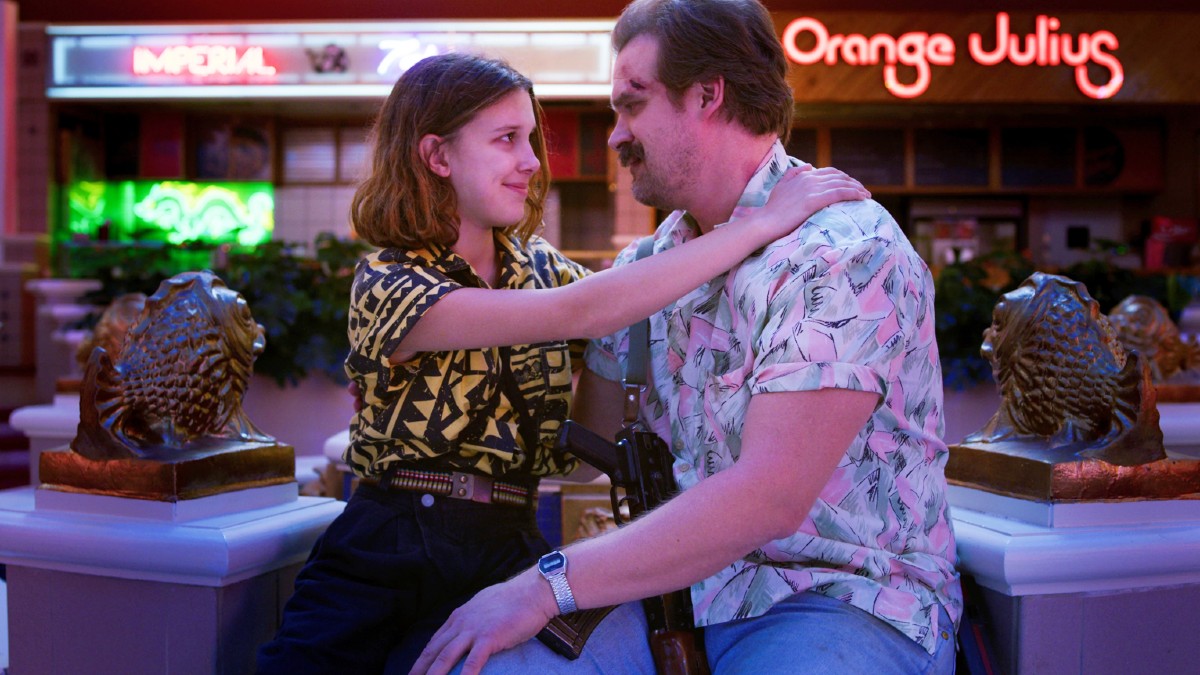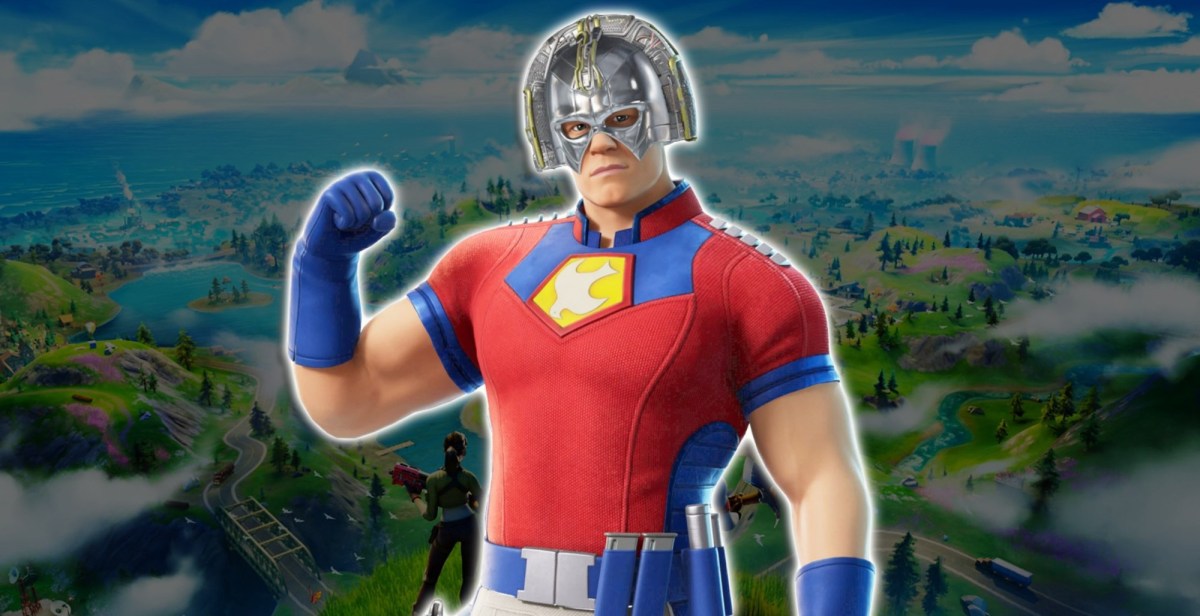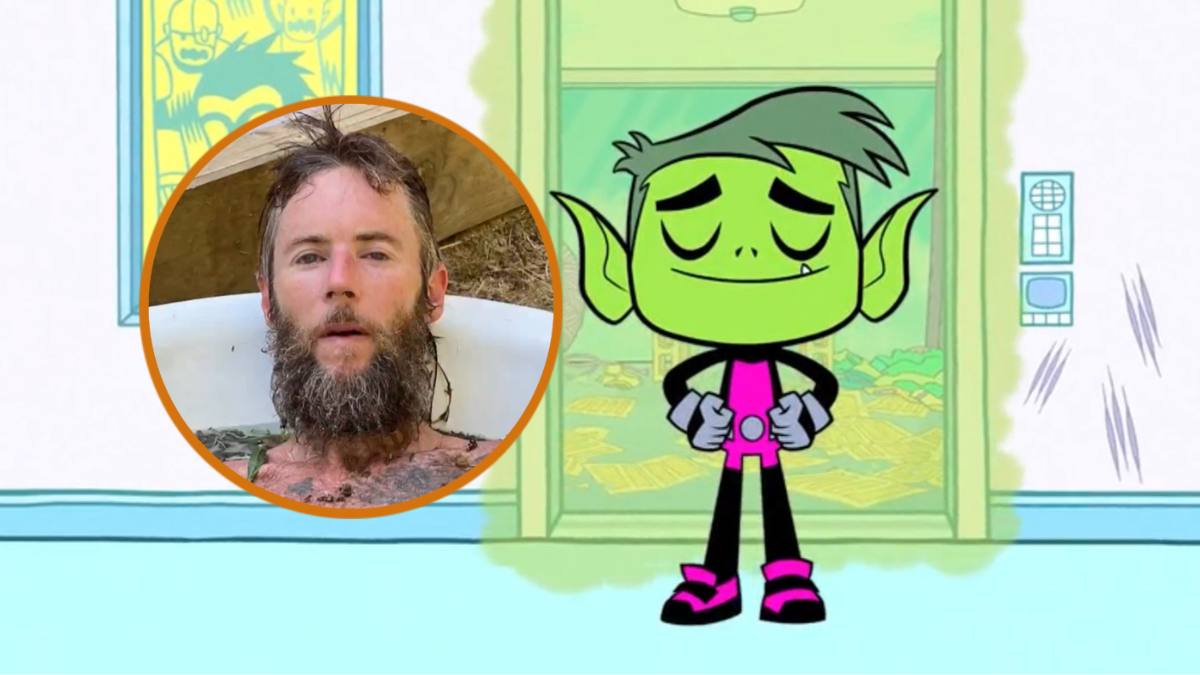The Doctor is the most dangerous being in the universe… If you’re a monster. The meddling Time Lord has spent millennia fighting injustice across all reality. But what happens to the Earth when the Time Lord’s not around?
The answer is UNIT, these days known as the Unified Intelligence Taskforce — the terrestrial defense established to repel alien threats, which has been a hugely important part of the show for over half a century.
The emergence of UNIT
UNIT isn’t the Earth’s only defense against alien incursions. After the show’s 2005 reboot, Doctor Who introduced Torchwood, a clandestine UK-based institute set up to protect Earth by Queen Victoria. During the original run, the 25th season classic “Remembrance of the Daleks” introduced us to the Intrusion Counter-Measures Group, a secret arm of the British military that was on point to help The Seventh Doctor repel an incursion by Daleks in London in 1963.
Counter-Measures and Torchwood are retconned precursors to the real deal — aside from some dating controversies fans love to pore over, UNIT had been set in Who lore five Doctors before.
In the mid-to-late 1960s, the TARDIS crew arrived in a deserted London, to find its streets filled with thick fog and its underground system stalked by the monstrous robot Yeti. “The Web of Fear” was The Doctor’s final classic series clash with the Great Intelligence, but his first meeting with Alistair Lethbridge-Stewart, the ambitious and efficient colonel who helped defeat the alien threat.
A few years later, Lethbridge Stewart was promoted to Brigadier head of the UK branch of UNIT, operating under the auspices of the United Nations. This Intelligence Taskforce was intended to combat paranormal and extraterrestrial threats to the planet. In its 1968 debut, The Invasion, UNIT helped The Second Doctor tackle the Cybermen’s iconic assault on London.
The Doctor’s exile to Earth
It was an incarnation later that The Doctor’s relationship with UNIT started in earnest. It was all the Time Lords’ fault. Following a one-sided trial, The Doctor was forcibly regenerated and exiled to Earth with his knowledge of time travel removed, just as UNIT was looking for a scientific advisor. While UNIT was a military outfit, the ambitious and efficient Brigadier understood that science was essential to the success of their mission. In return, The Doctor had a base to brood over experiments.
The action-orientated stories of season seven suited The Third Doctor’s derring-do incarnation. The stories of his first season with UNIT owed a lot to Nigel Kneale’s influential British sci-fi Quatermass, including mysterious astronauts and that old sci-fi classic, a parallel reality, showing that The Doctor and UNIT were often an uneasy fit.
While The Doctor fought from the science corner, the Brigadier often pursued more explosive ways to complete their missions. That was clear in the resolution of “Doctor Who and The Silurians,” when the Brigadier made sure that hibernating Earth Reptiles could never threaten the planet. His approach was most famously summed up in the season eight serial, “The Daemons.” Confronted by the animated gargoyle Bok, the Brigadier launched a sci-fi trope with the order to his men, “Chap with the wings there. Five rounds rapid!”
Still, The Doctor softened during his exile, particularly when the adorable Jo Grant arrived as his assistant in place of scientist Liz Shaw. She arrived in 1971’s “The Terror of the Autons,” the episode that brought the Master to Earth. The Doctor finally had his Moriarty, and the evil Time Lord would keep The Doctor and UNIT busy in the following years.
Even after The Third Doctor regained his ability to travel in the TARDIS, he kept a base at UNIT.
It took a regeneration for the ties to loosen as The Fourth Doctor enacted what you could call an unconscious uncoupling.
The Brigadier’s story wouldn’t end there. He notably popped up during the 20th-anniversary celebration of “The Five Doctors” and the season 20 episode “Mawdryn Undead.” UNIT’s big comeback came in the final season of the classic era. “Battlefield” saw the Brigadier pass the torch to the new head of UNIT-UK, Brigadier Winifred Bambera, as they faced the Arthurian threat of another dimension. But if The Doctor can stage a comeback, so can UNIT.
A new UNIT for a new series
The Unified Intelligence Taskforce didn’t take long to turn up in the New Series, with a new name courtesy of a complaint the real-life United Nations made to the BBC.
They were named during series one’s first two-parter “Aliens of London” and “World War III,” but UNIT made their full comeback in The Tenth Doctor’s debut story, “The Christmas Invasion.” Prime Minister Harriet Jones drew on UNIT’s resources and a devastating solution from the Torchwood Institute when the Sycorax held Earth to ransom.
The Doctor didn’t much approve of either, although UNIT’s new weaponry and unethical prisons were soon explained by the rise of mysterious prime Minister Harold Saxon. He was a vibrant new incarnation of the reborn Master, who finally gained control of the organization that had so often imprisoned him and commandeered its Valiant air carrier to wage war on the universe. After his defeat, at the end of a devastating lost year, companion Martha left the TARDIS, joining UNIT at The Doctor’s recommendation.
The fourth season arguably remains the peak of UNIT in the “New Series.” There were fireworks when they repelled a Sontarran invasion and they later helped Rose Tyler and Donna Noble correct the dystopian parallel reality of “Turn Left.” They fell to the Daleks in the epic series finale, “The Stolen Earth,” resorting once again to desperate measures. Martha was tasked with activating the Osterhagen Project that would destroy the Earth using 25 hidden nuclear warheads. “Day of The Doctor” would later explain why The Doctor was so horrified at this ultimate weapon, although it was Dalek creator Davros who stopped her. Science beat UNIT’s military punchline, but it was close. Things needed to change.
A return to science
In the sixth series finale, “The Wedding of River Song,” The Eleventh Doctor was devastated to hear that his old friend Lethbridge-Stewart had died. But that incarnation would soon discover the influence he held over the new-look UNIT.
During the painfully slow invasion of “The Power of the Three,” The Doctor met Kate Stewart, the Brigadier’s daughter and UNIT’s Head of Scientific research. The Doctor’s legacy lived on as she recounted her father’s advice that “Science leads.” This new science-oriented UNIT returned to tackle Missy and her Cyberarmy (featuring a controversial cameo by the Brigadier), stop a Zygon invasion, and take a key role in “The Day of The Doctor.” During a tense negotiation in UNIT’s Black Archive during the 50th anniversary special, three Doctor’s got to shake their heads at scientist Kate Stewart’s ever-so-UNIT solution to protecting a vast horde of alien tech at all costs.
Stewart confirmed that The Doctor still had a desk at the organization, but they would never take it. The Thirteenth Doctor was shocked to discover that UNIT had been shut down with little fanfare during the 2019 New Year special, “Resolution.”
It took until Thirteen’s last series, “Flux,” to discover this was part of the Great Serpent’s long gameplan. Known on Earth as Prentis, he had been manipulating UNIT since the beginning. It just wouldn’t be Doctor Who without UNIT, though. Stewart surfaced leading the human resistance against the Sontarrans once again, before “The Power of The Doctor” revealed UNIT back to full strength, recruiting The Doctor’s former acquaintances to help defeat the Master once again.
The show has never revealed a motto for the task force, but given its constant clashes with the Master, it could be, “The more things change, the more they stay the same.”
Why is UNIT so good for Doctor Who?
UNIT was the B-movie nod that stuck. It brought the sci-fi staple of military force against alien threats to the show, but this being Doctor Who, there were quirks and endearing relationships chucked in.
Although they are Doctor Who’s optional Starfleet, the show seldom misses a chance to bring them back.
The Doctor is essentially a pacifist, who rarely handles a gun. Pitched into the military response to aliens that viewers love to see, it couldn’t be more Doctor Who that the figurehead of the task force became one of their greatest friends. Richly complex, strung out through the decades, and utterly believable. The Brigadier was The Doctor’s most consistent ally, meeting the majority of their incarnations, in spite of and probably dependent on the fact they didn’t always see eye-to-eye.
Lethbridge-Stewart was just what The Doctor needed, and his legacy continues with his irrepressible daughter Kate. After all, even Time Lords can’t just be friends with themselves in a universe packed with danger.











Published: Mar 1, 2023 12:12 am